

No visit to Sri Lanka is complete without visiting Sigiriya. Sigiriya, also called Lion Rock, is one of Sri Lanka’s most famous landmarks. Sigiriya is a must-visit if you’re looking for a mix of adventure, history, and incredible views. This guide will walk you through everything you need to know about Sigiriya, from its location and history to a detailed breakdown of the climb, including tips for anyone with a fear of heights!
Sigiriya is located in the Central Province of Sri Lanka, inside the cultural triangle that includes Anuradhapura, Polonnaruwa, and Kandy. It’s about 160 kilometres northeast of Colombo, the capital, and roughly 15 kilometres from Dambulla, home to the famous Dambulla Cave Temple. Most people get to Sigiriya by car or bus, and many tours include it as part of a larger trip around Sri Lanka.
When we were visiting Sigiriya, we stayed at Kalundewa Retreat, which is close to Dambulla. It was the perfect base for exploring Sigiriya and nearby attractions over a few days.
Sigiriya has been around for over 1,500 years and was built during King Kashyapa’s reign (477–495 CE). According to history and legends, King Kashyapa took the throne from his father, King Dhatusena. He needed a safe and defensible place to rule. With its towering height and natural fortifications, Sigiriya was the perfect spot. The rock was transformed into a magnificent fortress and royal palace complex, with advanced water gardens, stunning frescoes, and clever defences.
After the demise of King Kashyapa, Sigiriya transitioned from a royal palace to a Buddhist monastery, a role it served until the 14th century. This rich blend of legend, royal intrigue, and architectural grandeur makes Sigiriya one of the most captivating sites in Sri Lanka, a testament to the island’s rich history and cultural heritage.
In 1982, Sigiriya was recognized as a UNESCO World Heritage Site. This international recognition highlights its cultural, historical, and architectural significance. Sigiriya’s combination of ancient urban planning, hydraulic engineering, and unique fresco art makes it one of the world’s most treasured archaeological sites.
Visiting Sigiriya is an adventure that offers incredible rewards but also requires some effort. The rock stands 200 meters above the surrounding plains, and getting to the top means navigating narrow staircases, steep steps, and winding paths. There are 1200 steps to climb. The weather can also play a significant role in your climb, with the best time to visit being during the dry season from May to September. We visited in January, and the rain delayed our climb by a few hours.
For most people, it takes 1.5 to 2 hours to reach the top, depending on their fitness level and how often they stop to rest or enjoy the view. Be sure to wear sturdy shoes, bring plenty of water, and take your time on the way up.
Your first step to visiting Sigiriya begins at the entrance gate, where you’ll buy your tickets. The path leading to the rock takes you through the Boulder Gardens, a serene area shaded by massive rock formations and surrounded by ancient caves that were once used as shelters by Buddhist monks. These caves have inscriptions and carvings that date back thousands of years, giving you a glimpse into the long history of the area.
As you wander through the Boulder Gardens, you’ll see the remains of old monastic buildings, meditation spaces, and ancient water systems that show the ingenuity of the people who lived here. This part of the climb is relatively easy, making it a great place to get used to the surroundings before you start the more challenging sections.
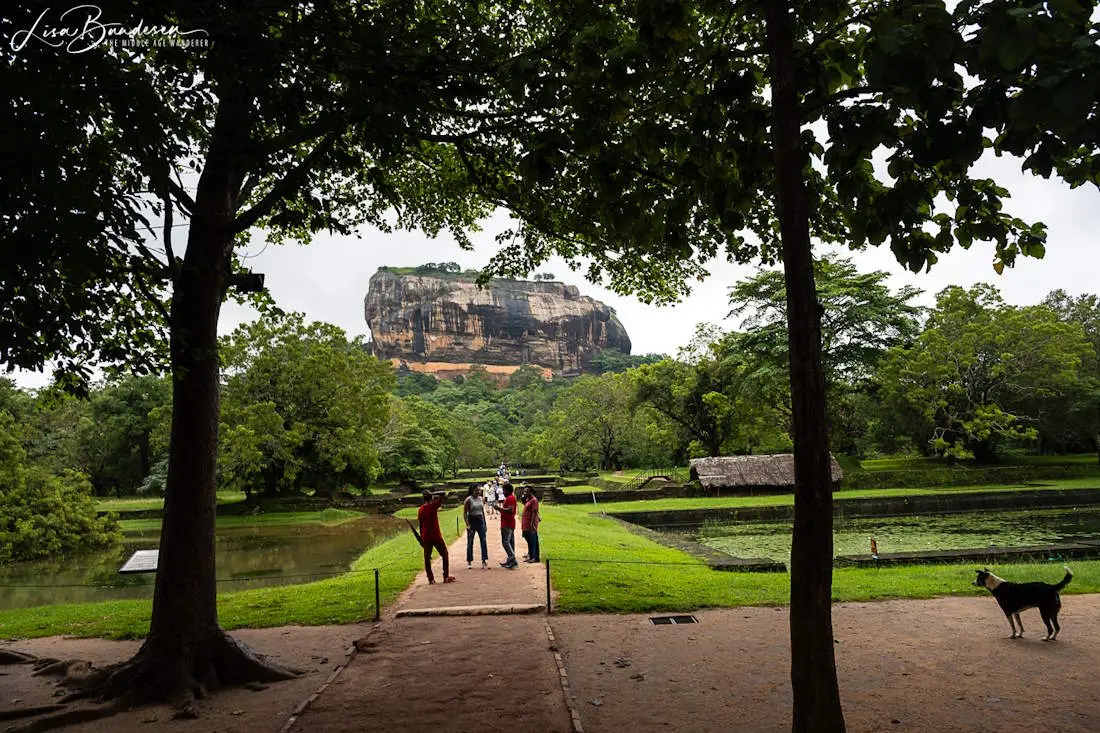
As you leave the Boulder Gardens, you will enter the Terraced Gardens. These are a series of terraces carved into the natural slope of the rock. The pathway here is more open, offering your first glimpse of the summit. The terraced design showcases the ancient landscaping skills, with beautifully arranged gardens and pools.
The Terraced Gardens are divided into three distinct levels, each with its own set of features. The lower terraces contain small ponds and water features, while the middle terraces have larger pools and platforms. The upper terraces provide stunning views of the rock and the surrounding landscape, giving you a sense of the scale of the climb ahead.
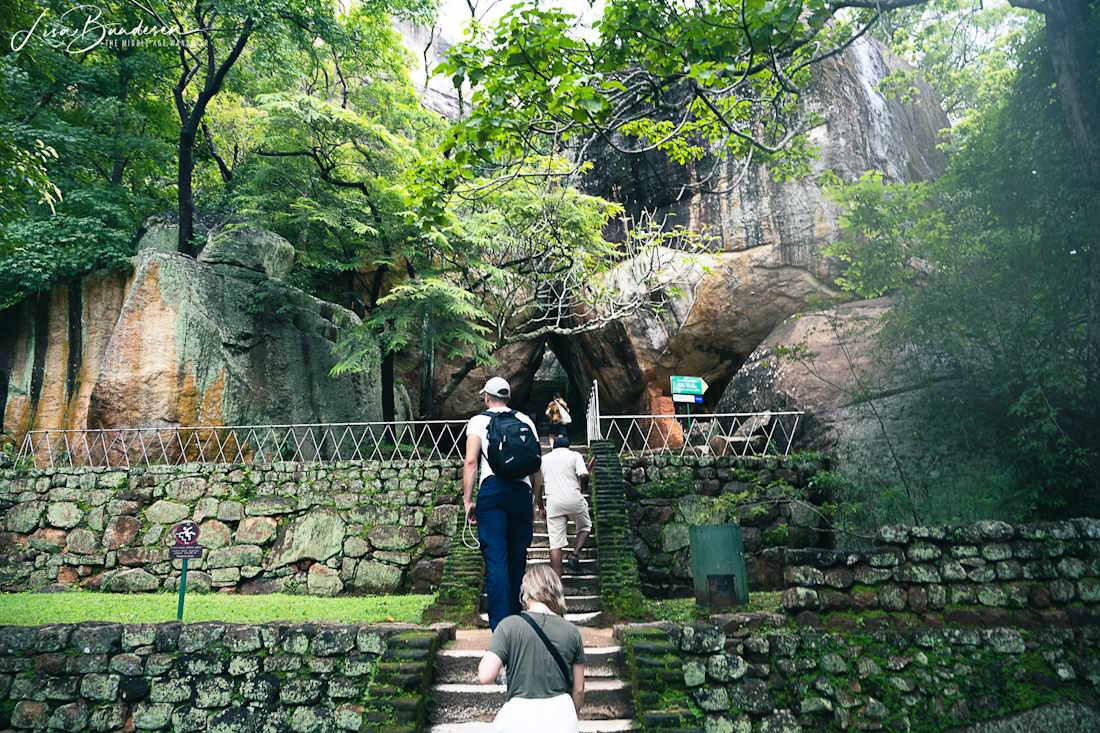
The next stage is the ascent to the Lion Staircase. This section involves climbing a series of steep steps, which can be physically demanding. However, the effort is rewarded as you reach the base of the Lion Staircase. Here, you will see the massive lion paws carved into the rock, which once formed the entrance to the summit. The Lion Staircase is one of Sigiriya’s most iconic features.
The Lion Staircase was originally a giant statue of a lion, with the staircase leading through its mouth to the summit. Today, only the paws remain, but they still convey the grandeur of the original structure. This stage of the climb offers an opportunity to rest and take in the impressive craftsmanship of the ancient builders.
The climb becomes steeper and more exposed from the Lion Staircase. You’ll need to navigate a narrow iron staircase that clings to the side of the rock. This is the most challenging part of the climb, especially for those who fear heights. Still, the views become increasingly breathtaking as you go higher.
The iron staircase is a little nerve-wracking but worth the effort. Take your time, hold onto the handrails, and keep your eyes on the view ahead. The reward for your hard work is the incredible view of the surrounding plains, forests, and distant mountains as you approach the summit.
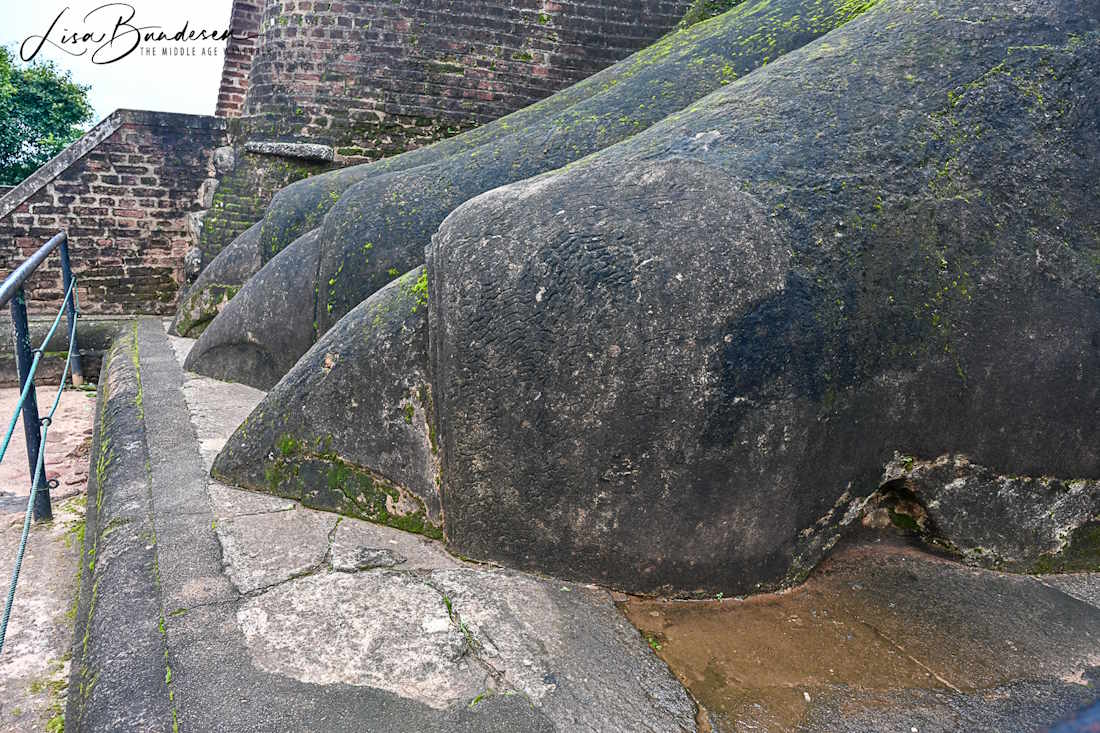
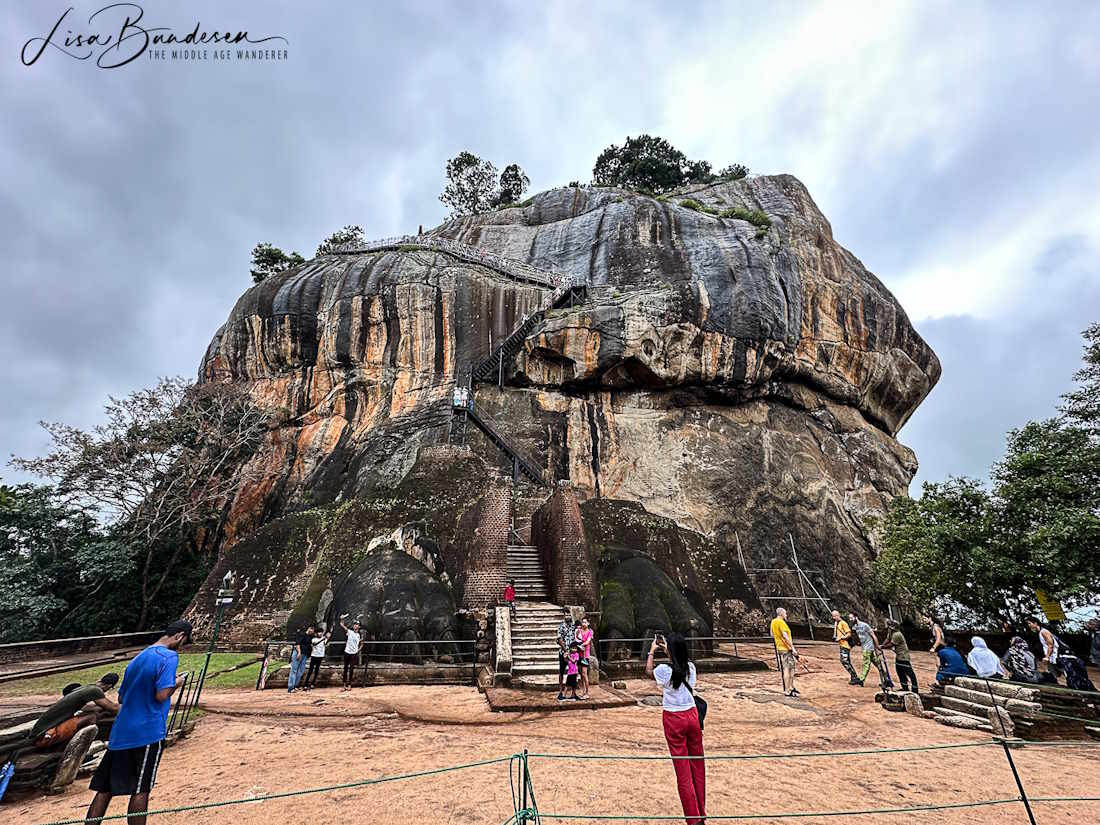
When you finally reach the summit, you’ll feel an incredible sense of accomplishment! At the top, you’ll find the ruins of the Sky Palace, which was King Kashyapa’s royal residence. The remains include ancient walls, foundations, and pools that once made up the luxurious palace complex.
The summit offers a stunning 360-degree view of the surrounding countryside. It’s the perfect spot to rest, take photos, and reflect on the climb. You can explore the ruins, imagining what life was like for the king and his court at the top of this incredible rock.
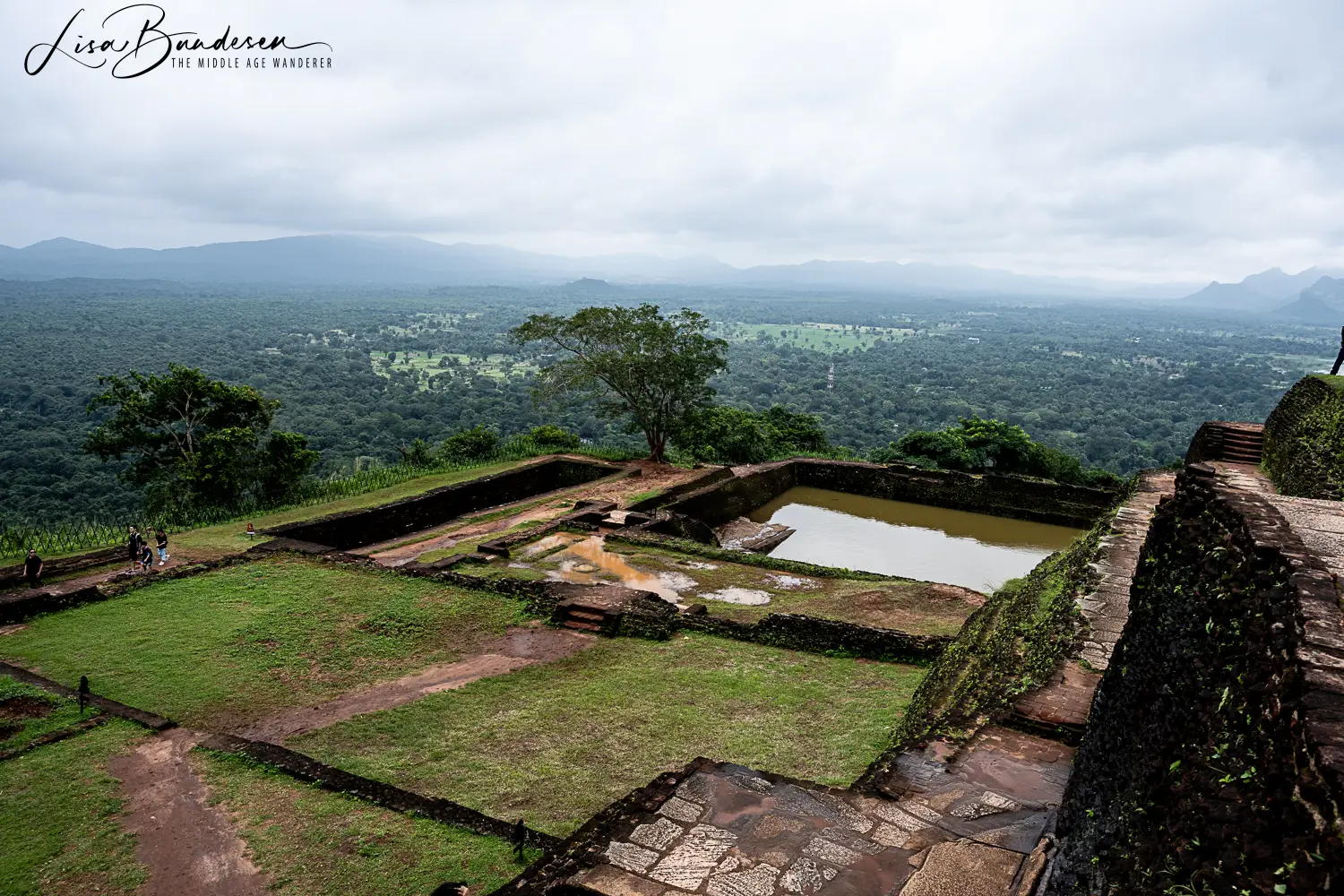
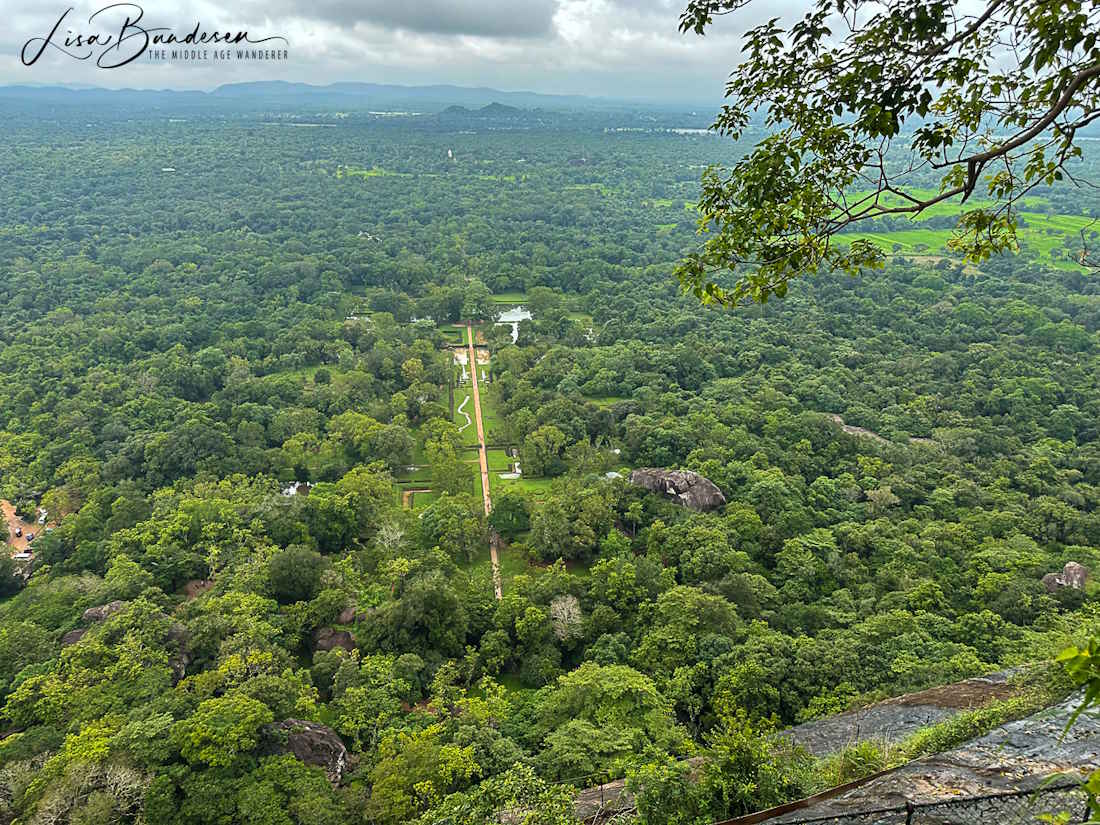
If you have a 360 camera and an extendable selfie stick, take them with you to Sigiriya. You will get some amazing images and footage from the summit.
After exploring the summit, you will descend to the Mirror Wall. This section of the climb is less steep but still requires caution. The Mirror Wall is a polished rock surface that once reflected the king’s image. Today, it is covered in ancient graffiti left by visitors over the centuries, providing insight into the history and culture of the time.
The Mirror Wall is a testament to the artistry and engineering skills of the ancient builders. The graffiti, written in ancient Sinhala script, includes poems, comments, and observations from visitors who climbed Sigiriya centuries ago.
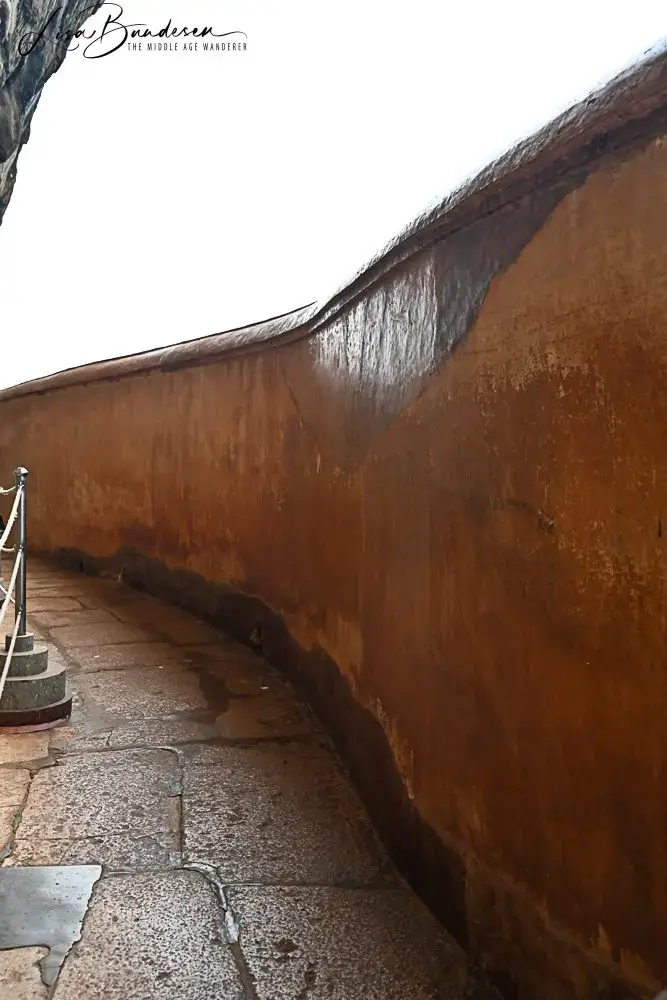
A short detour from the Mirror Wall takes you to the Sigiriya Frescoes, one of the most famous parts of the site. To reach the frescoes you will need to climb a spiral staircase. Even if you are tired after your climb to the summit, make sure you take the time to visit the frescoes.
These vibrant paintings show celestial maidens in rich colours and incredible detail. Although they were created over a thousand years ago, the frescoes are still remarkably well-preserved.
Photography isn’t allowed to help protect the paintings, but the beauty of the frescoes is something you won’t forget. The artwork showcases the talent and skill of ancient Sri Lankan artists.
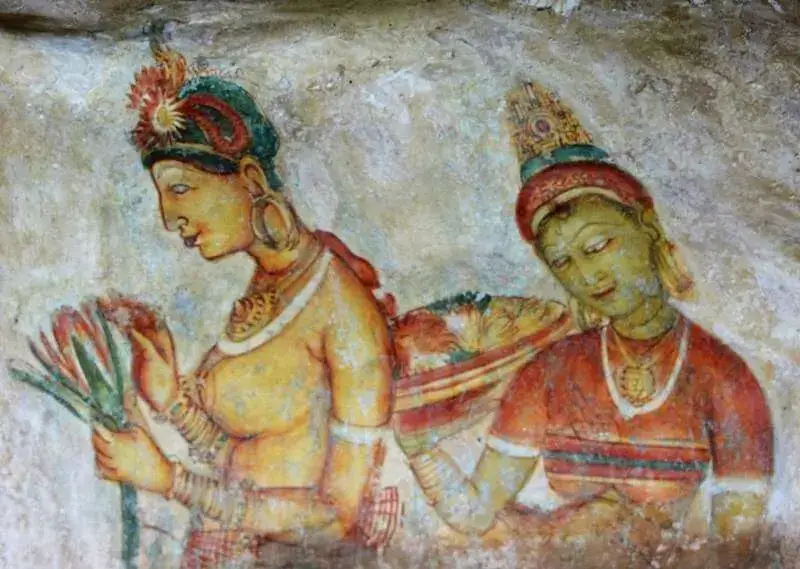
The final stage of the climb involves descending back to the entrance. This path does not follow the same route as the ascent, providing a different perspective of the rock and its surroundings. The descent is more gradual, allowing you to reflect on the incredible journey and the history that surrounds you.
This stage takes you through the Water Gardens. The Water Gardens feature a network of ponds, fountains, and channels that show the advanced engineering of the time. The peaceful gardens are a lovely way to end your visit to Sigiriya.
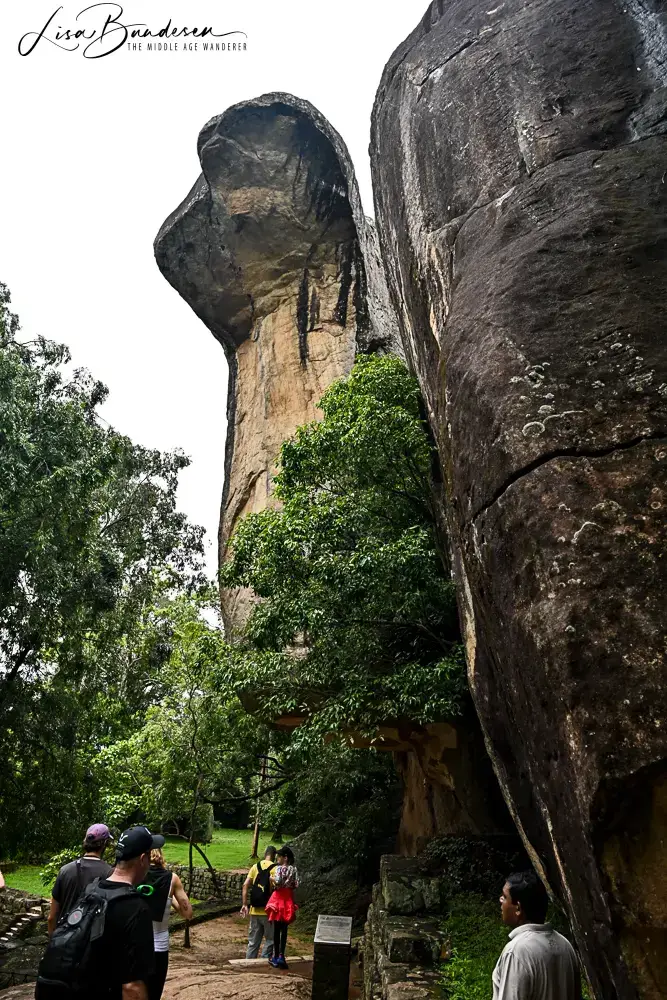
For those with a fear of heights, visiting Sigiriya may be daunting. But don’t worry as many people with a fear of heights have made it to the top (including me)! Here are some tips to help you manage:
By following these tips, even those with a fear of heights can enjoy the breathtaking experience of visiting Sigiriya. I found that even on the exposed sections, I was not fearful of the height. While Sigiriya looks really high from photos, the only area that your fear of heights may kick in is the climb from the Lion Staircase to the Sky Palace. This is where the open staircase is. I was fine for the climb up these stairs as I was more interested in the amazing view and the fact that I was climbing hundreds of stairs.
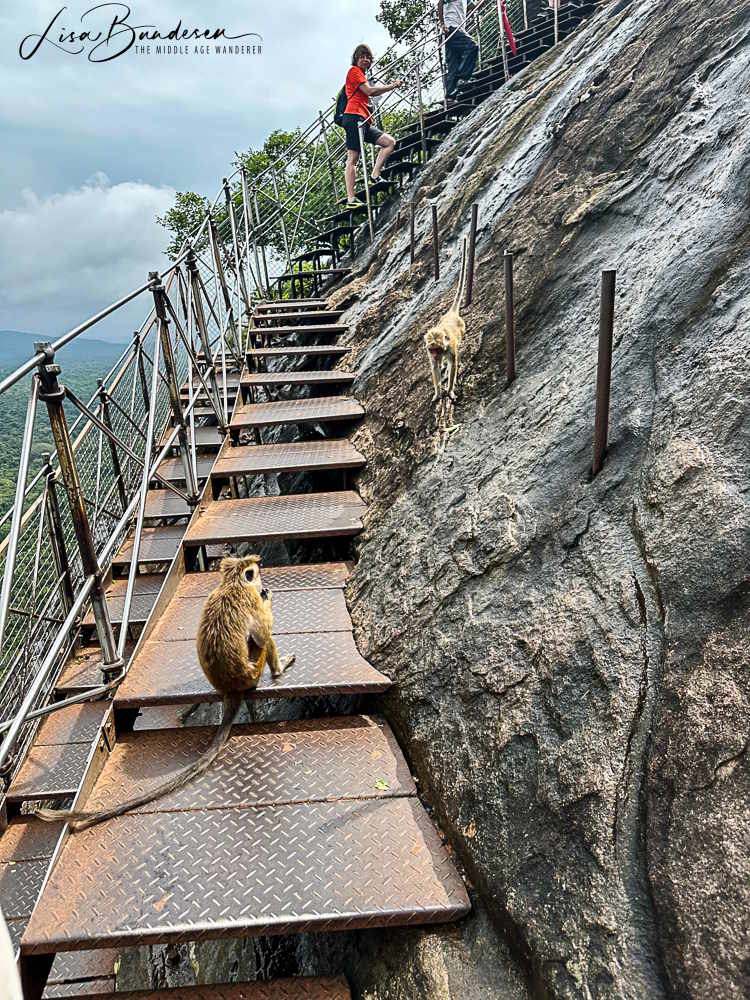
Visiting Sigiriya is more than just a hike; it is a journey through history, art, and natural beauty. From the Boulder Gardens to the summit of the Sky Palace, every step offers a new discovery. Whether you’re an adventure seeker or a history enthusiast, Sigiriya provides an experience that is both physically rewarding and culturally enriching. As you plan your visit, remember to take your time, enjoy the views, and immerse yourself in the fascinating story of this ancient rock fortress. By following the tips provided, even those with a fear of heights can conquer Sigiriya and create lasting memories of this extraordinary site.
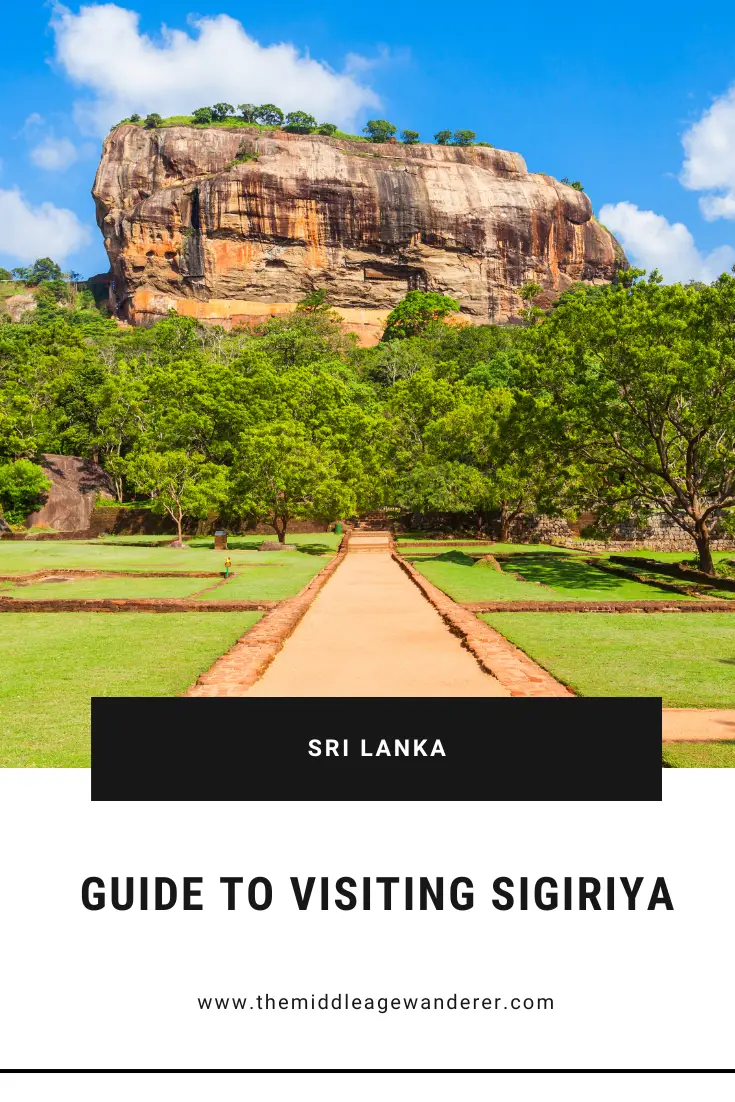

Hi, I’m Lisa, a 50+ retired chartered accountant. My husband, Darren, and I explore the world every opportunity we get. Staying fit is key to our adventures, from hiking the Inca Trail to scuba diving. We call Australia home but travel overseas often, always eager to discover new cultures, bustling cities, cuisines, nature and wildlife.
We would love you to join us on our journeys and hope that our adventures give you encouragement to explore this amazing world.
Some of the links below are affiliate links, meaning, at no additional cost to you, I will earn a commission if you click through and make a purchase. This helps me to keep bringing you travel updates and news.
I only recommend companies and products that I personally use.
Explore the World with Us!
Join my newsletter for travel advice, tips and inspiration.

Discover everything you need to know about visiting Sigiriya, the majestic Lion Rock. Get ready for an unforgettable adventure!

Discover the best time to visit Sri Lanka and plan your dream vacation. Explore the seasons, weather, wildlife, and more.

Planning to fly a drone in Sri Lanka? Find out everything you need to know about the regulations and approval process you need to follow.

Explore our comprehensive guide to tipping etiquette in Sri Lanka, covering restaurants, hotels, taxis, and more to ensure you tip appropriately.

Discover the wild side of Yala National Park in Sri Lanka with Kulu Safaris – adventure, wildlife, and unforgettable safari experiences

Stay at the iconic Galle Fort Hotel while exploring the culture and history of this captivating UNESCO World Heritage Site.
© 2024 The Middle Age Wanderer
Made with 